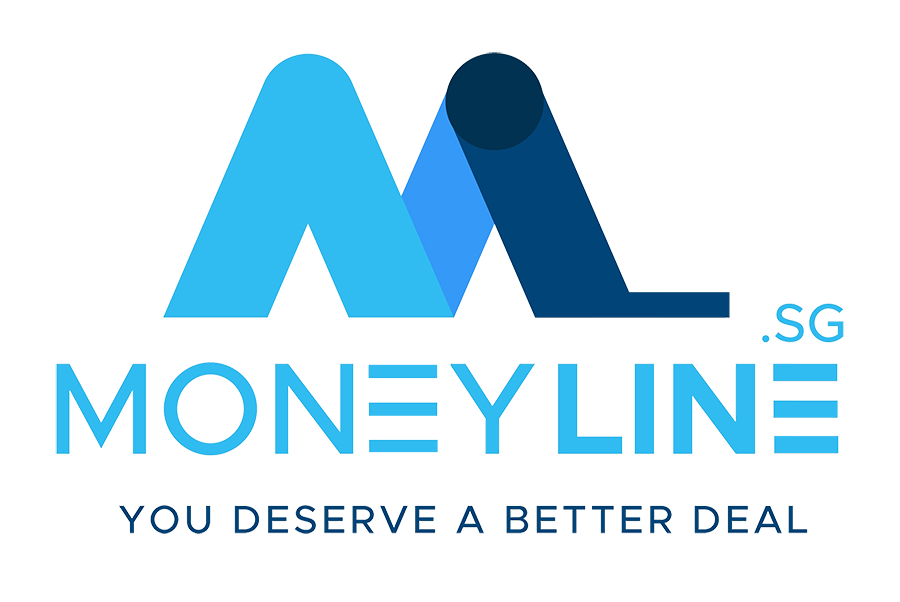How Much Should I Spend On Insurance Per Month?
In Singapore, we all know that simply relying on government initiatives such as MedishieldLife or Dependent Protection Schemes to fully cover their insurance needs is just not enough. This is why many people take on additional private insurance policies.
If you are thinking of how much will you need to spend to get adequate insurance coverage in general, we will suggest to keep it between a low budget of 3% to a high 10% of your monthly income depending on your financial circumstances and your preferred product mix.
For example, it is impossible to only budget 4% of your income on a $1,000,000 whole life insurance coverage at 35 years old if you are only earning $2,500 per month. Instead, you should consider getting a term life insurance.
The reality is, you should first understand what are the essential coverage to get and then work out adequate coverage to protect your family and yourself before deriving a reasonable budget. Let’s explore the 4 most important coverage you should first consider.
The 4 types of coverage you need
- Private Hospitalisation Coverage
- Death Coverage
- Disability Coverage
- Critical Illness Coverage
1. Private Hospitalisation Coverage
It is a well-known fact that the cost of hospitalisation in Singapore isn’t cheap and regardless of the fact that every Singaporean and PR are covered by medishield life, it has been acknowledged that simply relying on it is not exactly going to get you comprehensive healthcare protection. For example, medishield life does not provide pre and post hospitalisation treatment and there is a cap to how much you can claim on each surgery or per day stay in the hospital.
Read: Medishieldlife Upgrade, Is it enough to cover medical expenses?
To avoid being stuck with an unexpected financial burden, private hospitalisation insurance also known as “integrated shield plans” should be the first insurance policy you should purchase. It is good to know that those with Medisave are able to use it to fund their integrated shield plan to cover for the majority of their hospitalisation bills, and when purchased with the necessary riders (payable by cash) will help foot up to 95% of hospital bills depending on the plan they chose and the type of hospital they want to be treated at.
Premium in cash for the upgraded hospitalisation plan should cost anywhere between $20 to $100 per month if you are 35 years old depending on your ward and hospital preference.
2. Death Coverage
According to Life Insurance Association Singapore, you should aim to have approximately 11 times your annual earnings for death cover. While this figure varies from person to person, a more realistic measure will be to factor in your outstanding mortgage liabilities plus the total monthly expenses you are contributing to your family until your youngest child reaches 30 years old.
So for example, if you have a 5 years old child, a 300,000 mortgage liability and your total family expenditure is $3000 per mth, you will need:
300,000 + (3000 x 12 x 25) = $1,200,000 Death Coverage.
So what if you are single or have no dependents and/or have no mortgages to pay for? Unless you have the intention to take on these commitments in the future, it is unlikely you will require any death coverage for now.
However, it is never too early to start planning if you have the means, moreover the younger you start, the cheaper your premium will be and the higher the chance of getting favourable coverage conditions. For a 35 years old male, a death and disability term insurance coverage of 1,000,000 till the age of 65 should not cost you more than $100/mth.
3. Disability Coverage
Being disabled may result in your inability to earn an income to sustain the financial needs of your family and your own. Unless you wish to be a financial burden to your whole family, disability coverage is a must.
The coverage for total and permanent disability (TPD) should ideally be higher than your death coverage. This is because, on top of your dependents’ expenses, you have to factor in your own as well. We highly suggest you add on a disability income insurance should there be any unforeseen circumstances during your disability, such as, when your condition does not warrant you to receive a permanent disability pay-out.
Here is why you should consider disability income insurance.
The criteria for total and permanent disability is extremely stringent, not only must you be totally disabled, the condition must be able to last through six months in order for you to make a claim.
In contrast, the disability income plan provides monthly income payout right after a 2/3 months waiting period should the insured be unable to carry out specific duty within his/her own occupation, a more lenient definition as opposed to being totally unable to work in any occupation (as defined under total and permanent disability) to make a claim. The recommended sum assured for disability income insurance will be the monthly expenses incurred for your household and your own basic expenditures.
With a Disability income insurance, you will typically receive:
-
monthly payouts if you are unable to work, usually up to 75% of your existing income until you make a full recovery or when you reach 65 years old.
-
Top-ups on your lowered income if you can eventually resume working yet find a job that pays less than the monthly income you used to earn before disability
-
reimbursement for your rehabilitation costs for each disability
-
lump sum payout in the event of catastrophic disability or in the event of death.
Premium for disability income @ $5000/mth for Age 35 Male Non-Smoker should typically cost no more than $100/mth
4. Critical Illness Coverage
A common question for critical illness coverage insurance is if you have a hospitalisation policy in place, do you still need one? Simply put it, a hospitalization plan covers your bill while a critical illness insurance plan provides you with a lump sum payout, giving you the time and money to seek treatments not covered by a typical integrated shield plan and spend whatever remaining time you have with your loved ones.
There is a good 30 – 40% chance that one will be diagnosed with a critical illness condition while they are still working, thus the probability to claim is high. Many sources indicate cancer cases rising sharply in Singapore in the last few years, but the good news is that the survivor rate is up. Also statistically, the 5-year survival rate of women with stage 0 or stage 1 cancer in US is close to 100%. This is where early CI/CI insurance becomes important.
We suggest at least one year of income to be paid out in advance for early stage critical illness diagnosis and three to four years of income for late-stage critical illness diagnosis. The purpose of the payout is to tide over income losses during this period while not draining all your life’s savings as you recuperate.
Thus, if you earn $6,000 per month. You can consider a minimum coverage of $72,000 for early stage critical illness and $216,000 to be paid out in the event of a late-stage critical illness diagnosis.
The total cost for a 35 years old Male Non-Smoker to be covered for his early and late stage critical illness coverage should not cost more than $100/mth
Read: Critical Illness Vs Early-Stage Critical Illness Insurance- Do You Need Both?
How Much to Spend on Insurance?
Following our observation, you can see that your coverage requirement is dependent on your monthly expenditure on your family and yourself. As such, the more your financial commitments, the higher the cost of insurance.
For an ideal coverage scenario, let’s use Paul, 35 Male Non-smoker, as an example. Paul is the sole breadwinner of the family earning $6,000 per month with the following expenses and liabilities.
- Mortgage Liability – $300,000
- Monthly Expense on Self – $1,000/mth
- Monthly Expenses on Family – $2,500/mth
- 2 children with the youngest being 5 years of age.
The breakdown
Hospital Coverage – Private Ward ($60/mth cash)
Death & Total Permanent Disability Coverage – ([$2,500 x 12 x 25] + 300,000) = $1,050,000 (Premium $80/mth)
Disability Income – $2,500 + $1,000 = $3,500/mth (Premium $50/mth)
Early Stage Critical Illness – $6,000 x 12 = $72,000 (Premium $40/mth)
Late Stage Critical Illness – $6,000 x 36 = $216,000 (Premium $40/mth)
Total Monthly insurance cost for Paul (60 + 80 + 50 + 40 + 40) = $270/mth
Percentage of income spent on insurance = 4.5% per month
As you can see from this example, Paul spends around 5% of his income to provide peace of mind for his whole family during his productive years. We can say that it is perhaps fair for a typical person who is the breadwinner of the family to spend about 5 %- 10% of their income on insurance, the figure wholely depends on your age and the financial situation of your family. Those who do not have dependents or have a dual income family may be able to spend less, but to optimise your spending on insurance, it is always best to speak to a qualified financial consultant to work out your needs and affordability.
OR you have a budget in mind?
Check out our new insurance combo feature. We package a suite of product to cater to your financial objective, age and budget. Find out more here.




















Comments